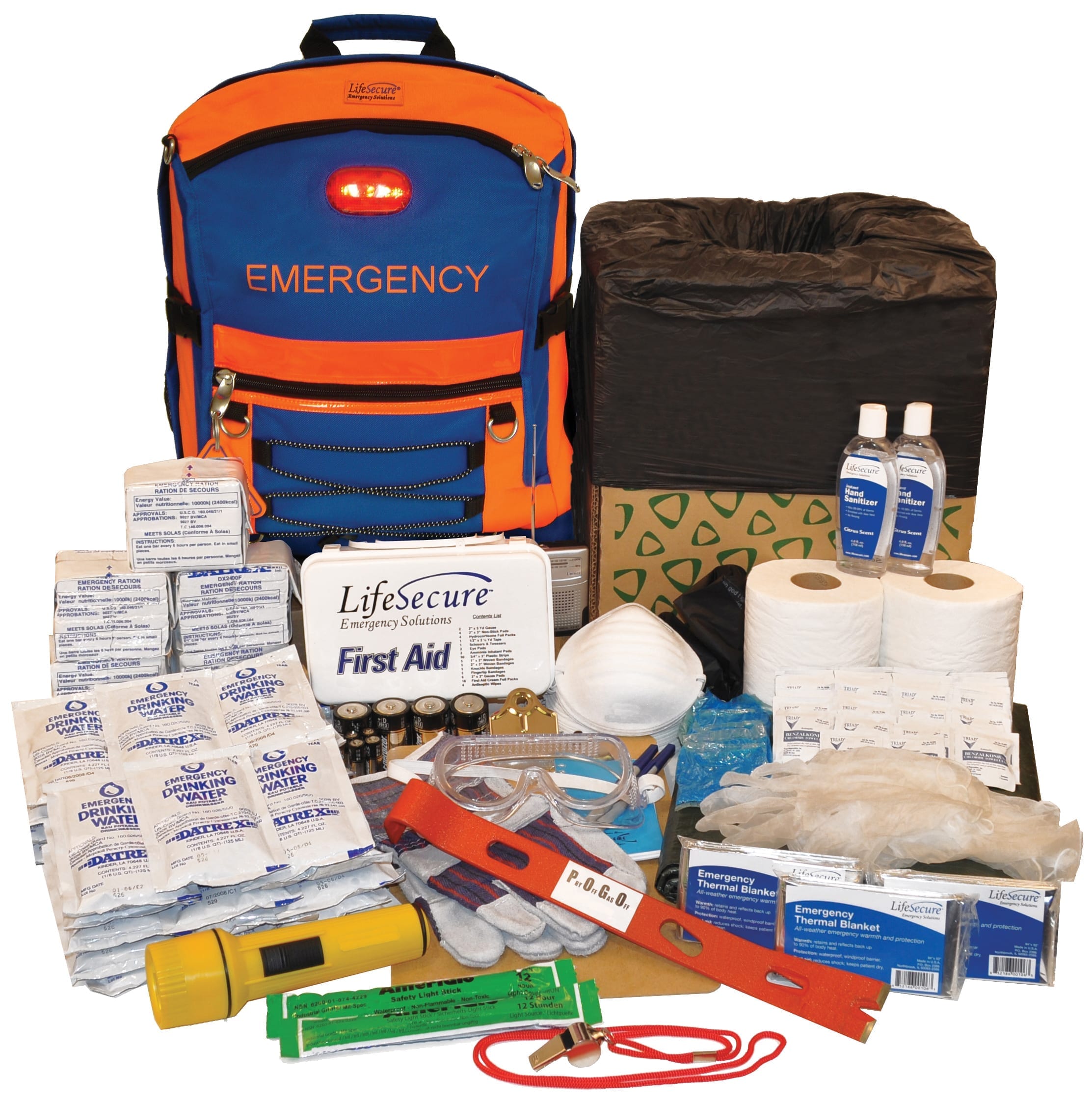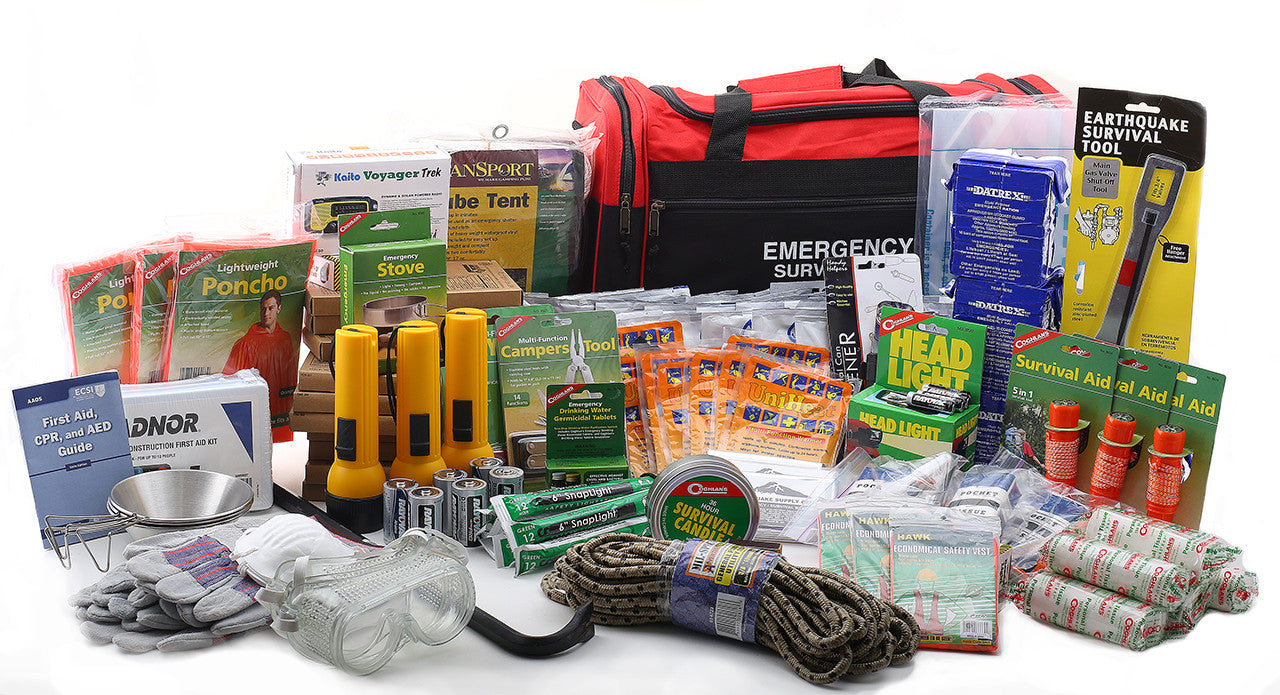Important Emergency Situation Readiness Tips for Survival
From putting together a well-appointed emergency situation set to developing clear interaction channels and emptying paths, there are numerous important steps that can make a significant difference in the face of misfortune. By proactively addressing these essential elements of emergency situation readiness, you can substantially boost your chances of survival in challenging scenarios (EMERGENCY PREPAREDNESS).
Building an Emergency Set

Start by including non-perishable food products like tinned items, granola bars, and dried out fruits that have a long service life and do not need cooking. Remember to pack a handbook can opener as well. In addition, store a minimum of one gallon of water each each day for a minimum of 3 days in strong containers.
Keep duplicates of important files like recognition documents, insurance coverage policies, and emergency call details in a water-proof container. By constructing a well-thought-out emergency package, you can much better prepare yourself for unanticipated occasions and boost your possibilities of remaining safe during a dilemma.
Creating an Interaction Plan
Constructing an emergency kit with vital materials establishes a solid structure for readiness; currently, transforming to the advancement of a communication strategy is vital for making certain reliable coordination and information circulation during times of crisis. A well-thought-out communication plan is important for keeping people notified, linked, and secure in emergency circumstances. Utilize multiple interaction methods such as message messages, phone calls, social media, and emergency situation sharp systems to make sure details gets to every person quickly.
))/2204364.json)
Establishing Discharge Paths
To make sure reliable emergency reaction and security measures, establishing clear emptying paths is extremely important in readiness preparation. Discharge courses must be determined and connected to all individuals in an offered area to make sure a swift and arranged emptying in times of dilemma. When developing evacuation routes, it is necessary to consider several alternatives to represent various situations, such as fires, floodings, or other emergencies that may obstruct key escape routes.
The chosen evacuation routes should bring about designated secure locations where people can seek sanctuary and wait for more guidelines or aid (readover at this website). These paths should be well-marked and conveniently accessible, considering the demands of all individuals, including those with disabilities or wheelchair constraints. Regular drills and practice runs along these evacuation paths can aid familiarize people with the getaway paths and make sure an extra efficient evacuation process during actual emergencies
Along with physical emptying paths, it is crucial to have alternate communication approaches in location to relay evacuation directions and updates effectively. By developing and consistently evaluating discharge paths, areas can enhance their general emergency preparedness and feedback capacities.
Understanding Basic Emergency Treatment
One fundamental element of emergency readiness is obtaining expertise in standard emergency treatment procedures. In times of dilemma or catastrophe, being able to offer prompt clinical help can make a significant difference in conserving lives. Learning standard first help gears up people with the skills to respond and evaluate to medical emergency situations and usual injuries properly.
Standard emergency treatment training typically covers essential techniques such as mouth-to-mouth resuscitation, wound care, bandaging, splinting, and recognizing signs of shock or respiratory system distress. blog. Comprehending just how to administer these fundamental treatments correctly can maintain an individual's problem until expert clinical help gets here
Furthermore, having a standard very first help package readily offered is essential in emergency situation scenarios. The set must consist of crucial supplies like plasters, antiseptic wipes, gauze pads, glue tape, tweezers, scissors, and handwear covers. Understanding how to use these products appropriately can protect against infections, quit bleeding, and provide convenience to those in need.
Securing Essential Files

Verdict
In verdict, being gotten ready for emergency situations is essential for survival. Constructing an emergency situation package, creating an interaction plan, establishing discharge courses, finding out basic very first aid, and securing crucial documents are crucial actions to take. By being positive and taking these procedures, people can increase their possibilities of staying secure and having the ability to browse through unforeseen circumstances effectively. It is essential to focus on emergency situation preparedness to make sure preparedness for any possible dilemmas that may occur. EMERGENCY PREPAREDNESS.
From setting up a well-appointed emergency set to establishing clear interaction channels and click this site discharge courses, there are several crucial actions that can make a substantial difference in the face of difficulty.To make certain efficient emergency feedback and safety and security steps, developing clear discharge paths is extremely important in preparedness preparation. When establishing discharge courses, it is crucial to consider multiple choices to account for various circumstances, such as fires, floods, or other emergencies that may block key retreat paths.
Routine drills and technique runs along these discharge routes can aid familiarize individuals with the getaway courses and guarantee a much more efficient discharge procedure throughout real emergencies.
Constructing an emergency situation set, creating a communication plan, developing evacuation courses, finding out standard first aid, and protecting crucial files are crucial steps to take.